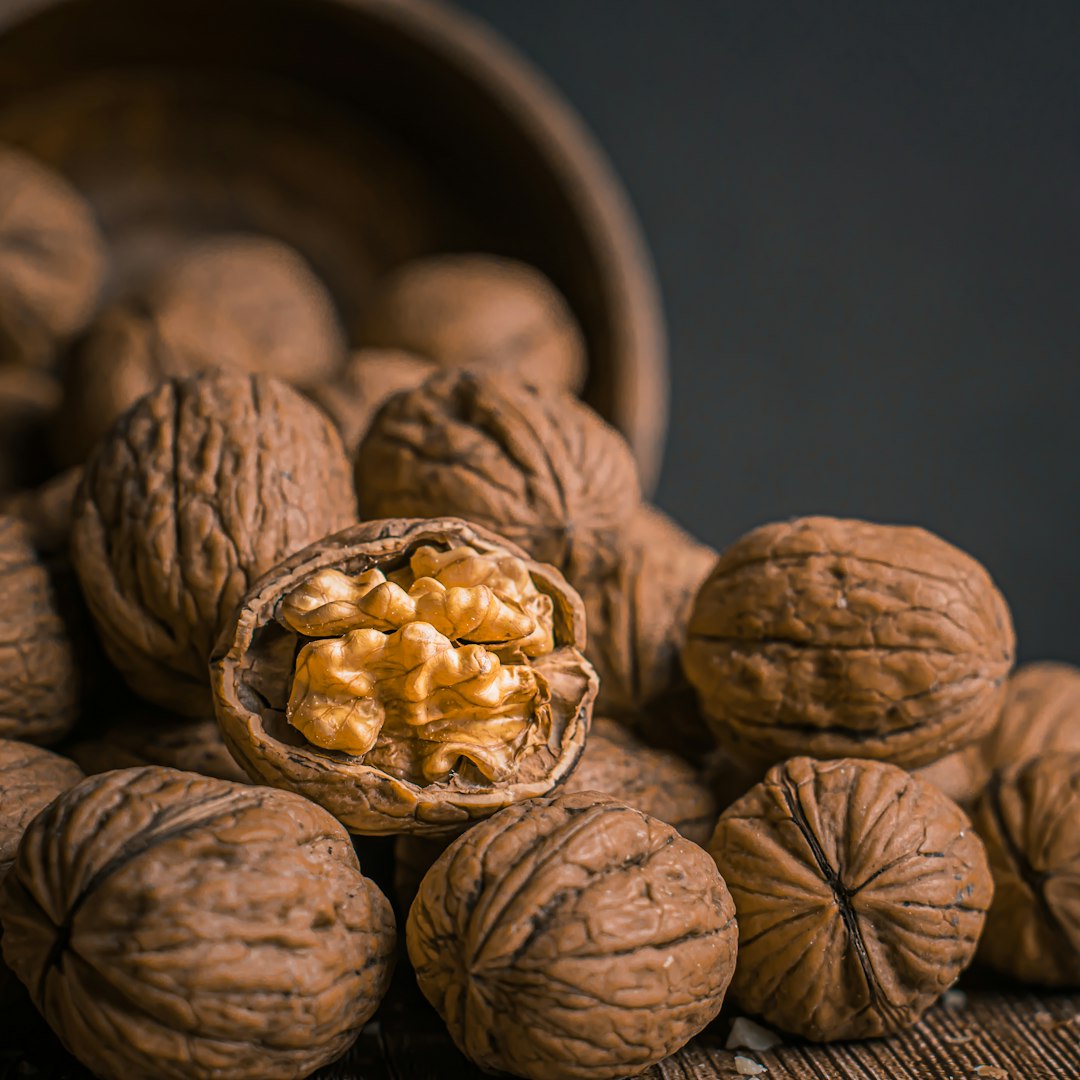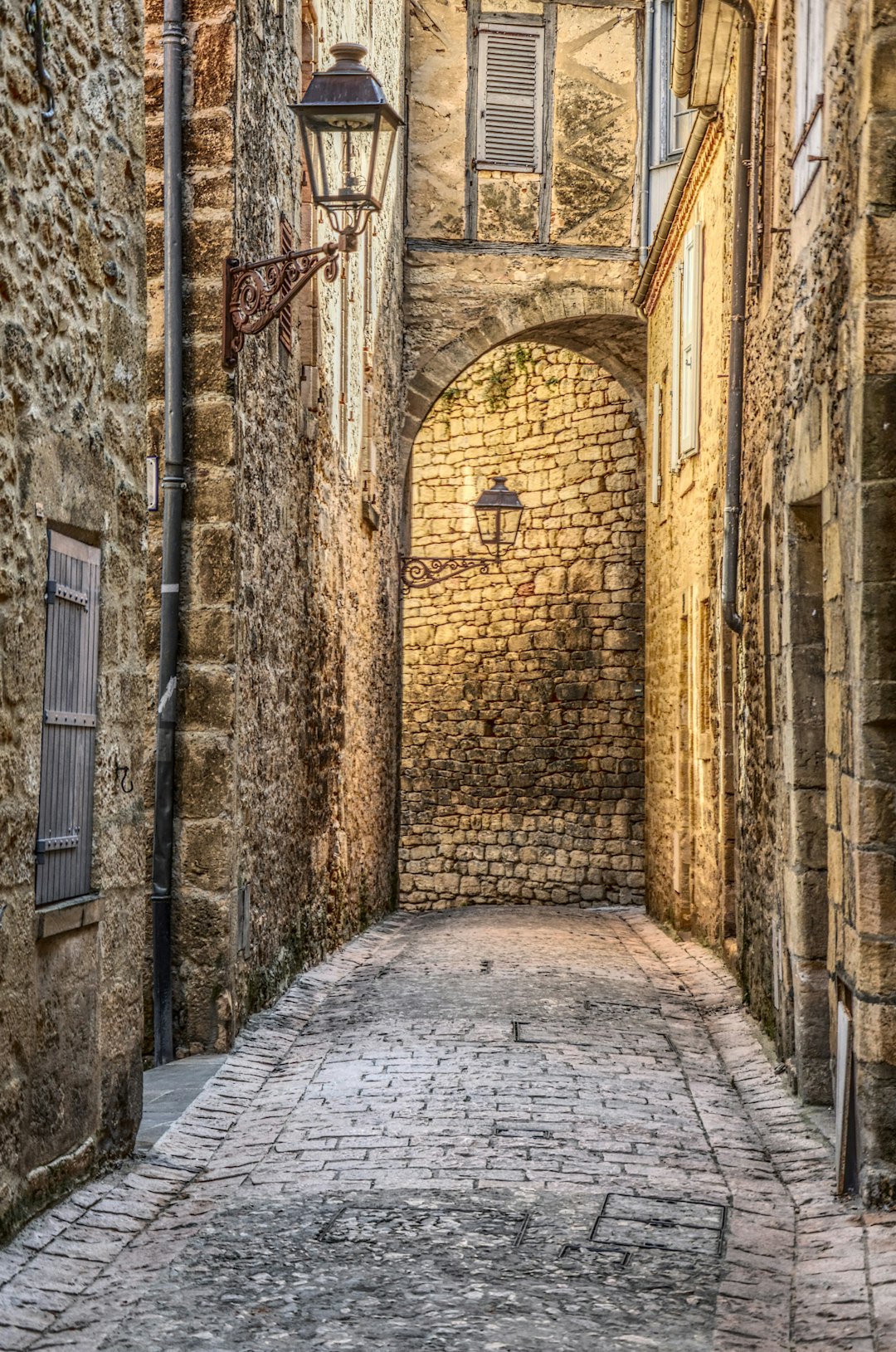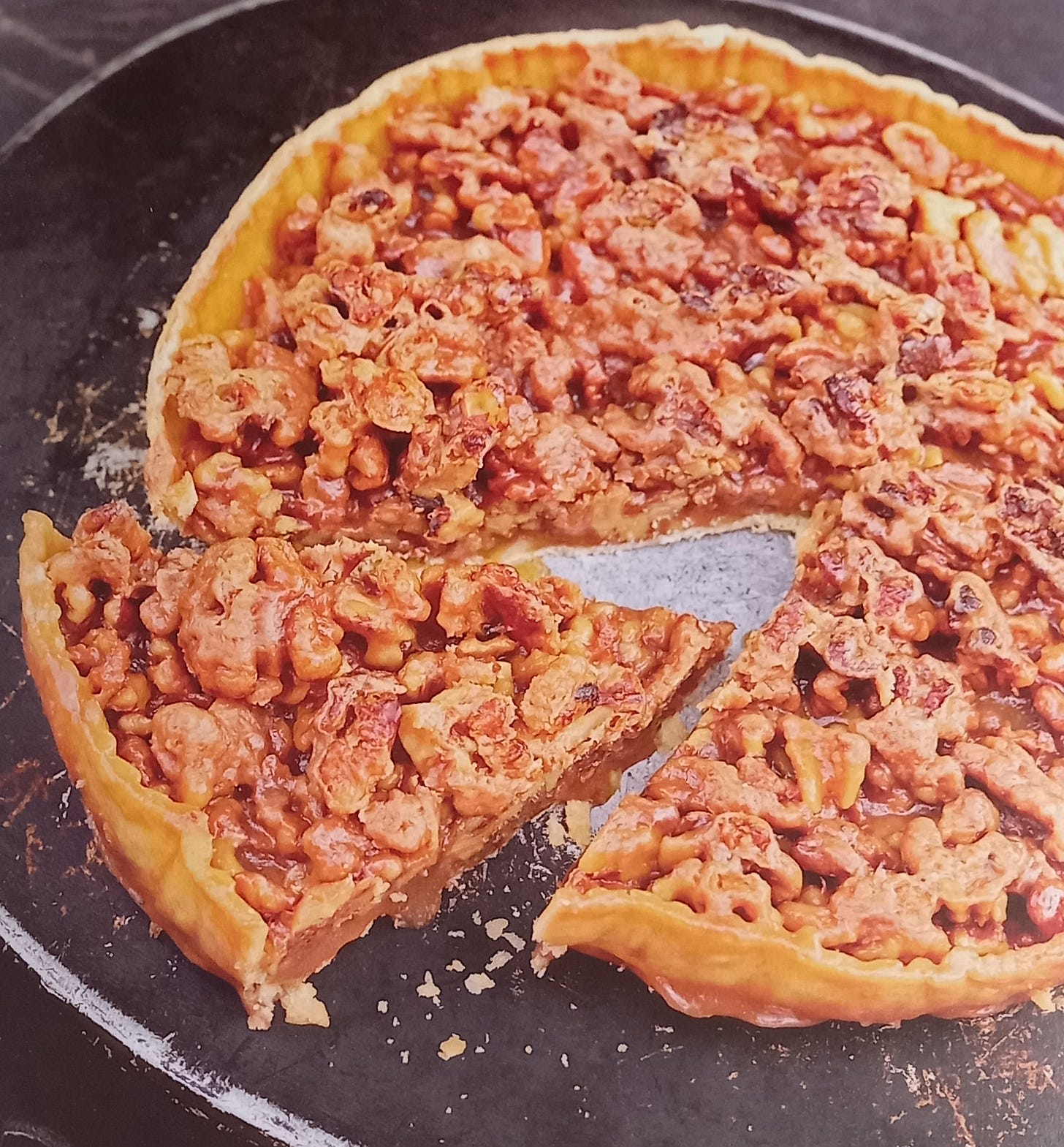Legislators in the USA and now the UK are going after foie gras on the grounds of cruelty to animals. Instead, they should be fighting against the cruelly brutish practices exercised in the industrial production of the oh-so-much-more ubiquitous cheap chicken. They seem unaware that geese and ducks in the wild naturally stuff their livers in preparation for a long migration, and do not have a gag reflex besides.
If it is banned, as seems likely, the role of the walnut in the economy of the Dordogne in South West France (along with the truffles of Tabled of 17th August), will come under pressure to fill financial shortfalls.

This may be a location inordinately far from your own front door, but now we’re all encouraged to “eat local”, we also need to be aware of the impact some of our laws will have “locally”, even if it’s not your locality.
Walnuts are as important to the cuisine of this corner of France as its ‘black diamond’ truffles but a good deal more affordable. Across the département, they are treated with honour. There are walnut festivals, museums devoted to walnuts in Castelnaud-de-la-Chapelle
and Sauillac
(cracking spots, n’est-ce pas? Sorry…) and a Route de la Noix across the Dordogne that takes in walnut producers and oil mills and presses. Vin de noix, made from green walnuts picked before the festival of St Jean on 21st June, is an aperitif or after-dinner liqueur for which pretty much every family has its own secret recipe.
The venerable walnut is a nut with a long history. Evidence they were eaten as long as 17,000 years ago has been found at Cro-Magnon in the Dordogne near Les Eyzies, in the rock-shelter habitations of prehistoric man. Walnut trees benefit from growing in sheltered valleys or low hillsides in the well-drained clay and limestone soils that make up Dordogne farmland. Until recently, oil from their nuts was used primarily in practical not culinary ways, for making soap, paint, and, during the cave-dwelling epoch, for producing light. Farmers planted them in their courtyards to tether their horses under. Juglone, a compound present in every part of the tree and in the unripe hull of the nut, keeps flies away.
When the Périgord, the name the inhabitants of the Dordogne call the region, failed to compete with the production of oils from other cheaper and more prolific plants, the focus in the 19th century moved towards growing walnuts primarily for eating. The oil processed from them has a particular and illusive flavour treasured by chefs for use in dressings or for dribbling over fish and fowl. If you buy a bottle, store it in the dark and use it reasonably quickly. It easily turns rancid.
Grown in over 578 communes, most of them spread across the Périgord Noir, an area of the Périgord named for the proliferation of walnut trees, there are four varieties of walnut, eaten throughout France and exported abroad: the Grandjean, which originated in fields surrounding the medieval town of Sarlat,

the Marbot, the Corne, and the Franquette. Each has been given an Appellation d’origine contrôlée designation, a label that identifies a product whose stages of production and processing are carried out in the same geographical area and according to established processes.
Walnuts contain more omega-3 fatty acids than any other nut. 7 to 10 of them a day may help reduce the risk of heart disease and cancer, as well as improve brain function and possibly slow down the progression of Alzheimer's disease. Even if they don’t, those 7 to 10 in a salad with or without a dry-ish goat’s cheese crumbled into it then dressed with a vinaigrette of walnut oil and vinegar, is an altogether superior salad to the common green leaf. Too many walnuts daily and you’ll put on weight.
Gateaux aux noix, golden cakes made from ground walnuts, with a sometimes rather dry, mealy texture, are popular around the Dordogne.
But this open tart, to serve in any corner of the world, is one in which walnuts nestle in a soft caramel sauce. It produces an unctuous taste of pure luxury out of relatively inexpensive ingredients. If you don’t want to make your own shortcrust pastry, only buy full-butter ready-made. Anything else has the texture of cardboard. Serve it at room temperature plain or with crème fraîche or ice cream.
Grease a 22cm/9in loose-bottomed pie tin.
Lay a large sheet of parchment/greaseproof paper on your work surface, flour it and place the pastry upon it then cover with another large piece of parchment/greaseproof and roll the ball out between the two sheets. Push it into the pie tin and chill for 2 hours.
For the filling:
140ml/4¾ fl oz cream or crème fraîche
Scant 130ml/4½ fl oz water
310g/11oz sugar
200g/7oz walnut halves
4 tablespoons unsalted butter
Preheat oven to 220C/425F.
Heat the cream, stirring a couple of times, till its edges fizz. Add the water and sugar to a heavy-bottomed pan and cook over high heat for 10 minutes until it bubbles and turns into a deep brown syrup, shaking the pan, never stirring it, to distribute the sugar evenly into the water as it melts. Cool for 2 minutes.
Wearing an oven glove, gently pour in the hot cream, whisking all the while. It will spit and foam vigorously. Add the walnuts and butter and return to a very low heat and stir for 2 minutes. Remove the top parchment/greaseproof paper from the pastry. Pour the walnut filling into the chilled pastry case.
Bake for 25 minutes. Lower heat to 170C/350F and bake 15 minutes more. If the top is turning too dark, cover it with foil.
Serve warm or at room temperature.









Thank you Julia for your lovely recipes and all the fascinating Info in your posts.
Heading for Le Bugue on Saturday and the walnut tart & poussin are top of my list.
Will also invest in a French edition of Bruno - to help improve my language skills - not so great at the moment!!
Another great post. Foie gras has not been a staple of my diet, but I visited the Dordogne region in April of this year and had a tour of a foie gras farm called La Ferme de Turnac (south of Sarlat). The geese and ducks there were treated with great respect and almost reverence, especially during the much criticized gavage process -- at least at that particular farm. I brought back a small can of foie gras from that farm to show my colleagues at work. Some colleagues were appalled and seemed ready to "cancel" me for my transgression, others (especially Chinese Americans) were intrigued and volunteered to help me finish off the can. So the debate continues, even among friends. What is not debatable, as this post notes, is that conditions at that little French farm I visited were far more humane than what one will find at most industrial poultry farms in the US (although the Bell & Evans company here in Virginia seems to be a leader in the ethical treatment of chickens).